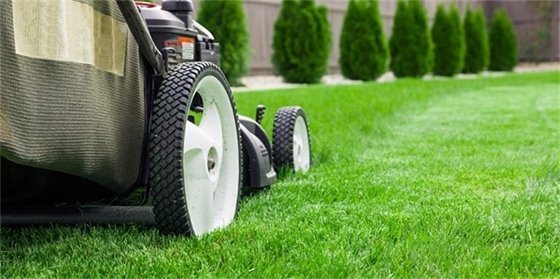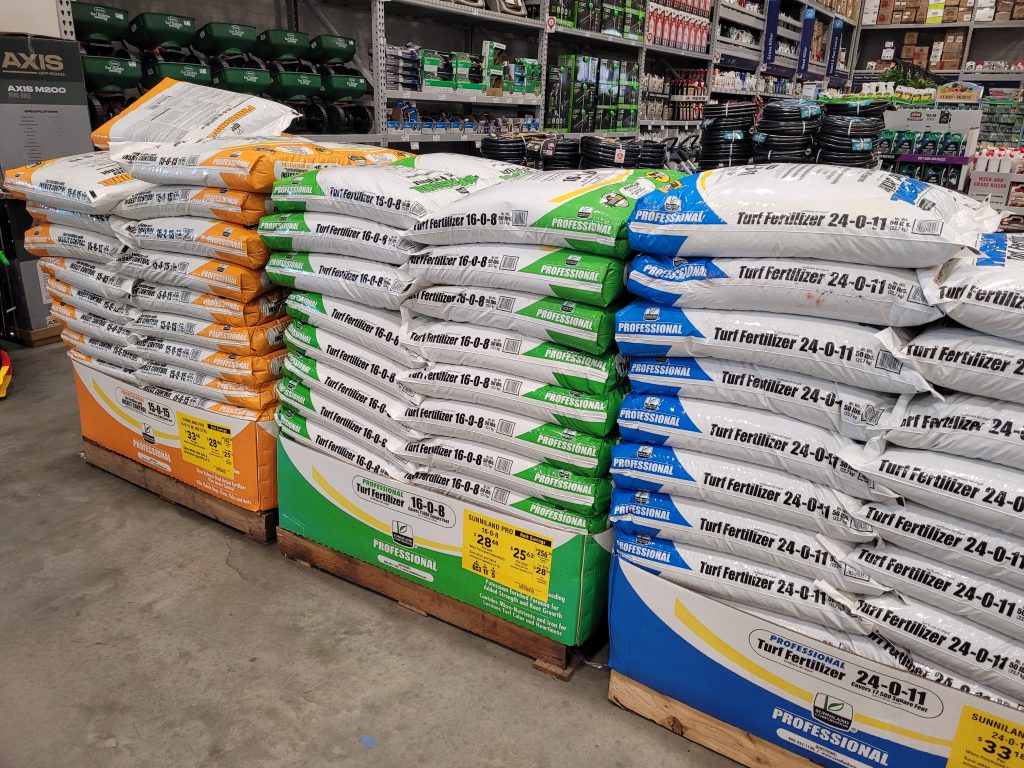We are nearing the end of the NO MOW MARCH launch that several counties participated in this month. Maybe you have been mowing this month because you live in an area where it is required or maybe you were able to go the whole month but now you are wondering what’s next. The fact is that keeping a lawn healthy can maximize plant use and minimize environmental adverse impacts. In this article we will talk about the steps to help keep a healthy lawn.

Mowing is one of the most important aspects of maintaining a good quality lawn. When using proper mowing practices along with fertilization and irrigation, you can increase the density of your turfgrass. This produces a tighter lawn that the weeds cannot compete with and naturally reduces those unwanted weeds. Cutting height and frequency are the most important factors to consider when mowing. This will vary by turfgrass species, cultivar, and maintenance level of lawn desired. If too much leaf tissue is removed at one mowing cycle it can cause your turfgrass to stress. Over time the damage could be insects, disease, drought and sunscald. Leaf clippings are beneficial to the turf and give back nutrients and organic matter to the lawn. Some other helpful tips are to keep your mower blades sharp, do not mow grass when wet (I know this can be very difficult when we get into the rainy season.), and if you have several properties that you are mowing it is good to remove clippings and weed seeds from the mower. These tips can help improve the appearance and greatly reduce insect and disease infestation. For more details on your specific type of lawn refer to this document: ENH10/LH028: Mowing Your Florida Lawn (ufl.edu)
Turf can benefit from fertilization but only if done correctly. Timing and the appropriate rate can help maintain a healthy Florida-Friendly lawn. The turf roots and shoots need to be actively growing and this can vary depending on the use of the area, water stress (presence of rain or irrigation) and the environment of where the grass is grown. For North and Central Florida active growth occurs from spring through fall. Our neighbors down in South Florida can see growth year-round. Fertilizing when your grass is dormant not only wastes time and money, but it may also contribute to nutrient leaching or runoff. This is the perfect time of year to do a soil test to see exactly what nutrients are available and what your soil is lacking. This article will give you more insight on soil testing for Florida turfgrasses SL 181/SS317: Soil Testing and Interpretation for Florida Turfgrasses (ufl.edu)

There are many benefits to having healthy turfgrass. It can slow stormwater from moving to water bodies. Healthy turf can filter and remove contaminants and help protect our ground water. Leaching and erosion are also reduced when you have healthy dense turfgrass. In Florida there are environmental stresses that may alter the required management level and health of the turf. Using proper cultural practices can alleviate the effects of stress. For instance, during times of drought do not try to fertilize until water is available, increase mowing heights in shaded areas to avoid thinning, and avoid effects of vehicle and foot traffic on stressed turf. ENH979/EP236: Homeowner Best Management Practices for the Home Lawn (ufl.edu)

Just by hitting on some of these key aspects such as the mowing height, cultural practices and the timing and rate of your fertilizer can make a difference in the health of your turf. Remember a healthy dense turf means less weeds and less insect and disease pressure later in the season. For more information or questions concerning your lawn please contact your local extension office!
Ask IFAS: Florida Lawn Handbook (ufl.edu)
- Steps to Keeping a Healthy Lawn - March 30, 2023
- Companion Planting: What is it? - February 21, 2023
- Educational Opportunity: Fruit and Vegetable Meeting - December 22, 2022
